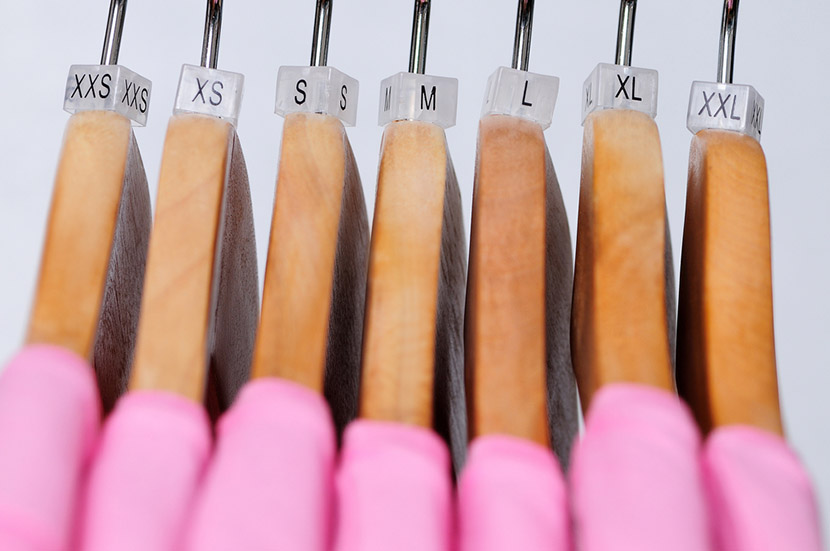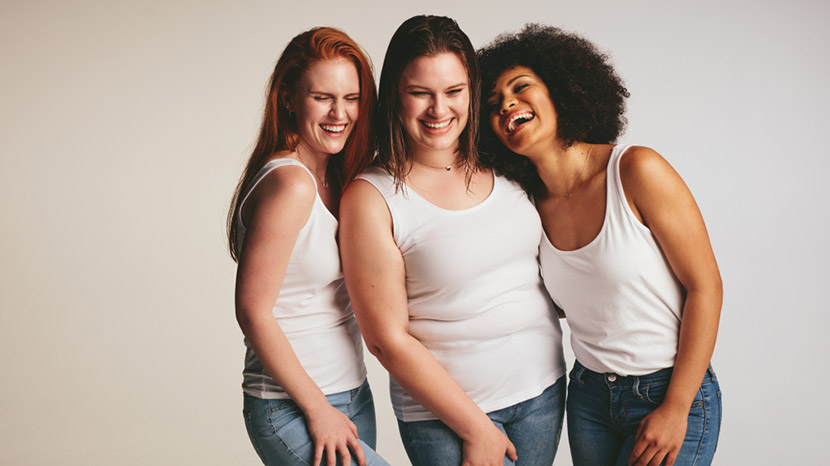Shirt Order Size Distribution: What Sizes to Order for T-Shirts
If you’ve been put in charge of placing a bulk t-shirt order for a team, business, organization or fundraiser, you’re probably feeling pretty uncertain about where to start. It’s one thing to place a large order when you have a list of what size everyone needs. It’s another thing entirely, though, when you have to order blindly and hope that you end up with everything you need.
The good news?
There actually are some guidelines to follow. Before you order bulk wholesale t-shirts, be sure to read this guide!

Don’t Give in to Guesswork
When you need to place a large order for shirts, it’s easy, of course, to go the “easy” route, take a wild guess and order 25 of each size. The problem here, of course, is that you’re going to end up with a lot of extra shirts in some sizes and probably not enough in others. People come in all different shapes and sizes, and those sizes aren’t necessarily distributed evenly. Taking this approach is almost guaranteed to end up costing you extra money and wasting time.
Browse Our Collection of Bulk Wholesale T-Shirts
You also shouldn’t guess that you’ll need, say, only mediums and larges. While they may work for a lot of the people you’re ordering for, going this route means excluding smaller and larger people.
Look at the Numbers
For the purposes of this blog post, we are going to assume you are placing an order for shirts that will be distributed or sold to people within the United States. Average sizes vary from one nation to another, so these numbers will be different if you’re shopping for people outside the U.S.
When you look at the numbers, large is the most common shirt size. In fact, it accounts for about 30 percent of shirt sales. Coming in at 28 percent, the size medium is a close runner-up and extra large is next at 20 percent. The percentages are much lower for smaller and larger sizes. In total, it breaks down like this:
- XS: 1 percent
- S: 7 percent
- M: 28 percent
- L: 30 percent
- XL: 20 percent
- 2XL: 12 percent
- 3XL: 2 percent
Looking at that data, if you take a wild guess and only order shirts in medium and large because they’re the most common sizes, you’ll end up excluding about 42 percent of the people you’re buying shirts for in the first place.
Follow a Simple Ratio

In general, we recommend following a simple ratio when placing orders for wholesale sweatshirts or t-shirts. Keep in mind, of course, these numbers are not set in stone and you may want to make changes based on certain factors (more on that later). In most cases, though, your safest bet is to follow this ratio:
1-2-3-3-1
This ratio breaks down to:
- 1 Small
- 2 Medium
- 3 Large
- 3 Extra Large
- 1 Extra Extra Large
If you need 100 shirts, multiply each number by 10. If you need 1,000, multiply by 100 and so on. While medium is statistically a more common size than extra large, we recommend skewing toward the XL side. Someone who normally wears a medium can wear a large or extra large if you run out. Someone who normally wears an extra large would have a much more difficult time squeezing into a smaller shirt if their size isn’t available.
Shop Wholesale Women’s T-Shirts in All Different Sizes and Styles
It’s also a good idea to order at least one or two shirts in the outlying XS and 3XL sizes. Statistically speaking, very few people are likely to need them. However, it never hurts to have a couple just in case. Of course, if you are purchasing several hundred or thousand, you’ll want to invest in a few more.
Additional Considerations

Understanding the numbers helps a lot, but common sense still needs to come into play. If you’re buying shirts for a family reunion and know your relatives are mostly on the larger side, you’ll probably want to spend more money on the bigger sizes and less on the smaller. If, on the other hand, you’re ordering tees for guests at a yoga retreat, you’ll probably need additional smaller sizes.
Also, shirt fabric types can make a difference. Consider sizing up if you choose 100 percent cotton shirts. This will help ensure they’ll still fit after being washed. You may also want to skew a bit larger if you’re ordering more fitted styles.
We hope this guide makes it easier for you to order the right size shirts. If you have any questions or need assistance, we’re always here to help.


